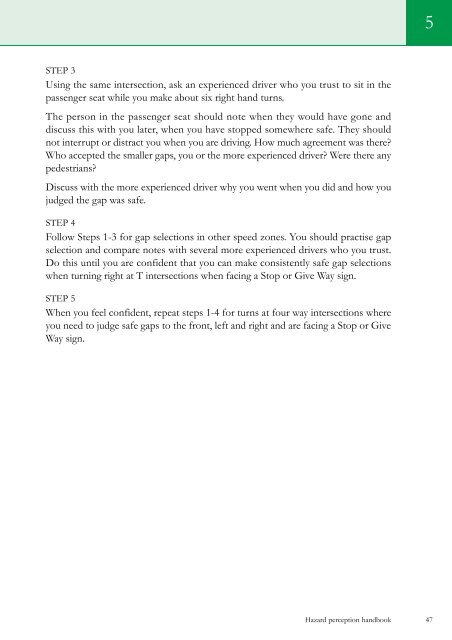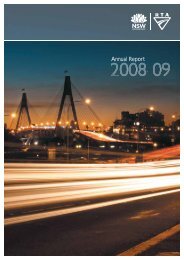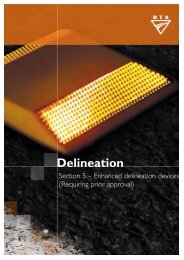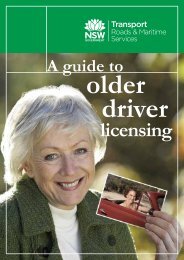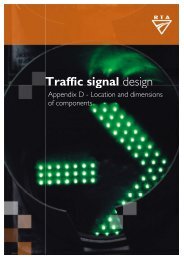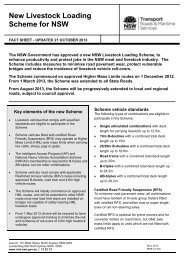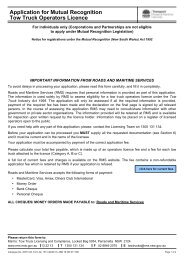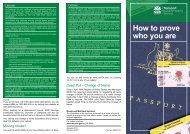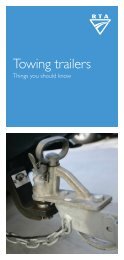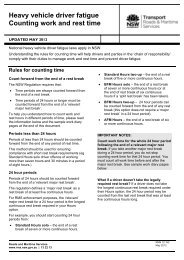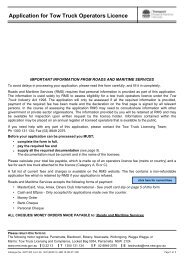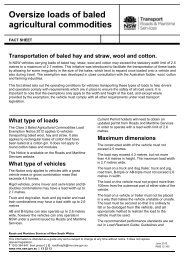Hazard perception handbook - RTA
Hazard perception handbook - RTA
Hazard perception handbook - RTA
Create successful ePaper yourself
Turn your PDF publications into a flip-book with our unique Google optimized e-Paper software.
STEP 3<br />
Using the same intersection, ask an experienced driver who you trust to sit in the<br />
passenger seat while you make about six right hand turns.<br />
The person in the passenger seat should note when they would have gone and<br />
discuss this with you later, when you have stopped somewhere safe. They should<br />
not interrupt or distract you when you are driving. How much agreement was there?<br />
Who accepted the smaller gaps, you or the more experienced driver? Were there any<br />
pedestrians?<br />
discuss with the more experienced driver why you went when you did and how you<br />
judged the gap was safe.<br />
STEP 4<br />
follow Steps 1-3 for gap selections in other speed zones. you should practise gap<br />
selection and compare notes with several more experienced drivers who you trust.<br />
do this until you are confident that you can make consistently safe gap selections<br />
when turning right at T intersections when facing a Stop or Give Way sign.<br />
STEP 5<br />
When you feel confident, repeat steps 1-4 for turns at four way intersections where<br />
you need to judge safe gaps to the front, left and right and are facing a Stop or Give<br />
Way sign.<br />
5<br />
<strong>Hazard</strong> <strong>perception</strong> <strong>handbook</strong> 47


